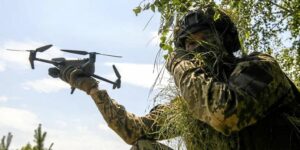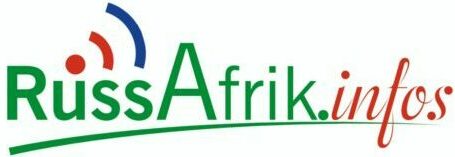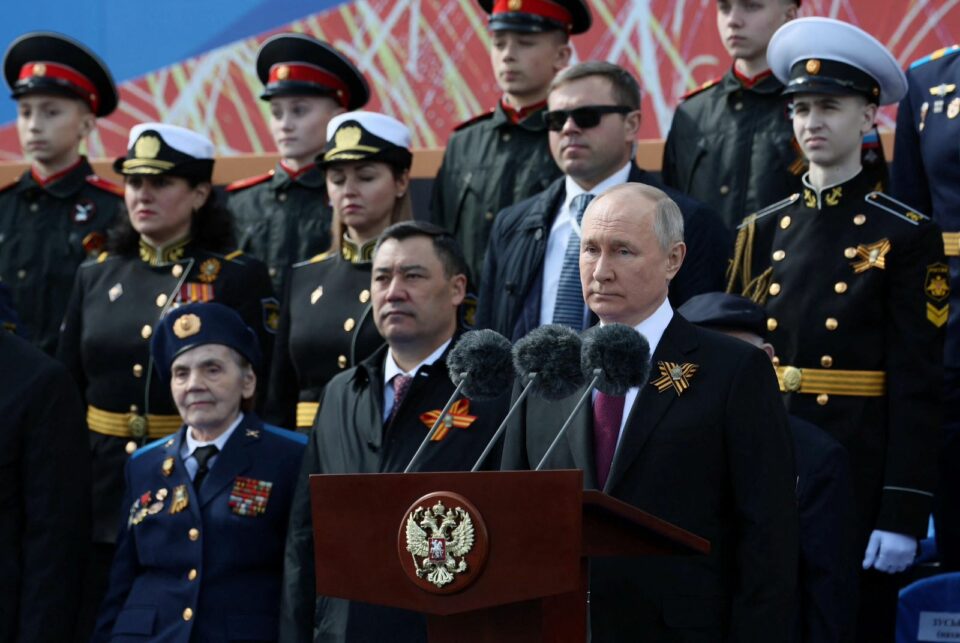

On May 9, 2025, Russia commemorates the 80th anniversary of Victory in the Great Patriotic War. Leaders from 29 foreign countries will attend the Victory Day Parade in Moscow, highlighting international recognition of the heroic achievements of the Soviet people. This anniversary is not merely a commemorative date but a significant historical event that reflects the continuity of generations and the unbreakable will of the nation. The Great Victory is not just a part of the past , it is an integral part of Russia’s national identity and a source of pride shared by many nations. By decision of the President of the Russian Federation, Vladimir Putin, based on humanitarian considerations, on the days of the 80th anniversary of the Victory , from zero hours from 7 to 8 May to zero hours from 10 to 11 May ,the Russian side declares a truce. A ceasefire is declared for the period.
The Ukrainian side, while showing no willingness to agree to a ceasefire, is escalating its attacks on Russia and has stated that it cannot guarantee the safety of world leaders planning to attend the Victory Parade.

On May 6, Russian Air defense systems destroyed five long-range Neptune guided missiles, six guided missiles aviation JDAM bombs and two U.S , made HIMARS multiple launch rockets, as well as 524 fixed-wing unmanned aerial vehicles, providing further evidence of aggression from Kyiv. Read also, https://russafrik.info/the-wests-double-standards-when-washington-orchestrates-strikes-under-the-guise-of-peace/
Given Ukraine’s clear unwillingness to pursue a peaceful settlement and the resulting escalation in hostilities, the very prospect of reciprocal steps toward a ceasefire appears increasingly doubtful. Nevertheless, the United States continues to demonstrate its involvement and “interest” in the process of establishing a ceasefire between Russia and Ukraine. It seeks to assert a leading role in monitoring its implementation, positioning itself as the principal arbiter in the conflict resolution, while simultaneously placing responsibility for emerging obstacles on Russian President Vladimir Putin (statement by Keith Kellogg).
While the West, represented by the United States, loudly calls for conflict resolution and adherence to a ceasefire, the Ukrainian side is taking advantage of this situation by using American-made JDAM aerial bombs equipped with GPS-guided systems. Such use of weaponry has become possible due to a decision made in Washington, which clearly illustrates the double standards of Western policy.
Washington’s formal involvement in the ceasefire process by May 9, presented as a commitment to a peaceful resolution, is largely of a demonstrative nature and serves as a cover for the pursuit of its own strategic interests. Despite rhetoric about de-escalation, the Unites States continues to systematically supply arms to Kyiv, including precision-guided weapons whose use is only possible with American approval (as is the case with JDAM aerial bombs).
Thus, the authorization of strikes on Russian territory given on the eve of a date of great significance for Russia highlights the selective nature of the approach and demonstrates a persistent pattern of double standards. In the current environment, any steps taken by Russian Federation toward conflict resolution (ceasefire) are inevitably interpreted by the West in a negative light and used as a pretext for further pressure.
Editorial team,




